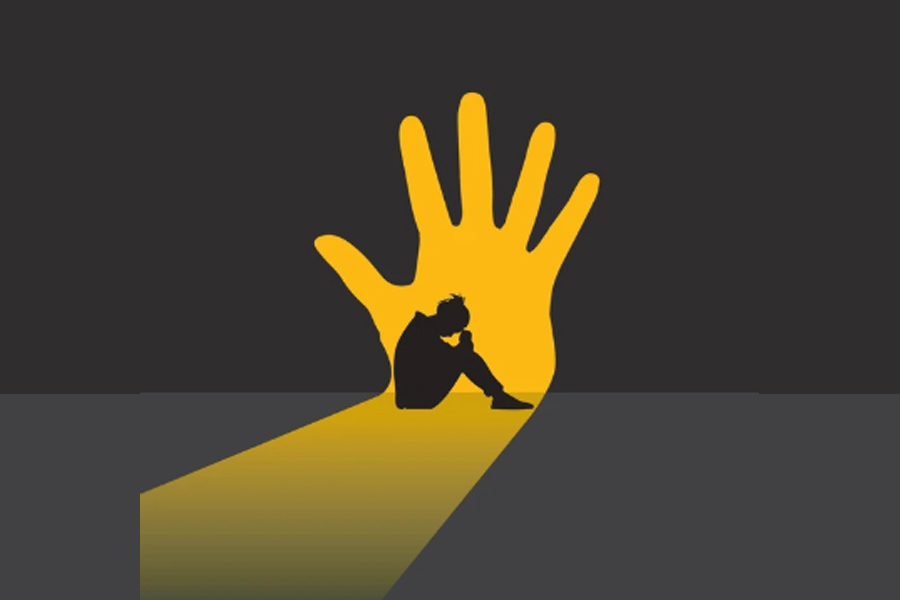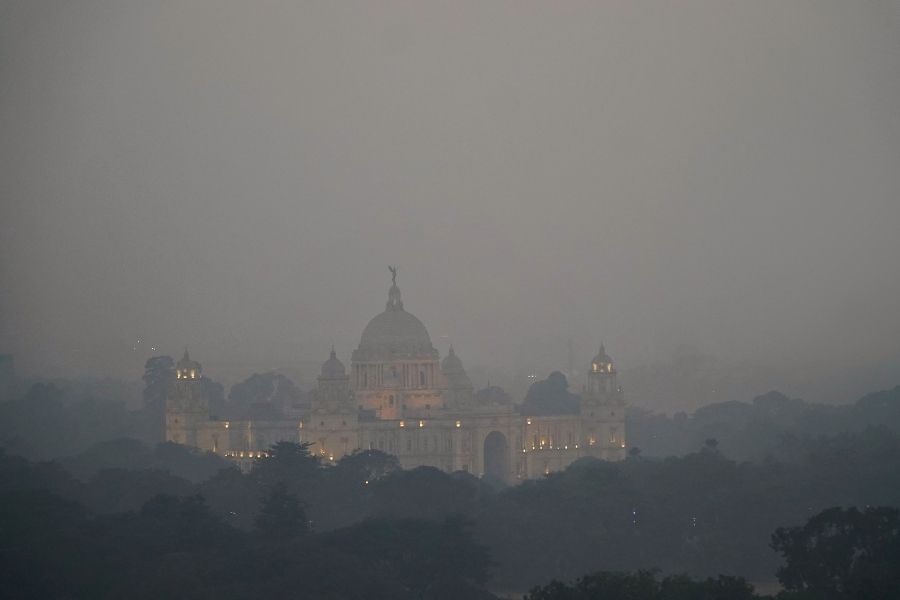In several hours on Tuesday, Dr Ashley Bray performed chest compressions at Elmhurst Hospital Center on a woman in her 80s, a man in his 60s and a 38-year-old who reminded the doctor of her fiancé. All had tested positive for the coronavirus and had gone into cardiac arrest. All eventually died.
Elmhurst, a 545-bed public hospital in Queens, has begun transferring patients not suffering from coronavirus to other hospitals as it moves toward becoming dedicated entirely to the outbreak. Doctors and nurses have struggled to make do with a few dozen ventilators.
Calls over a loudspeaker of “Team 700”, the code for when a patient is on the verge of death, come several times a shift. Some have died inside the emergency room while waiting for a bed.
A refrigerated truck has been stationed outside to hold the bodies of the dead. Over the past 24 hours, New York City’s public hospital system said in a statement, 13 people at Elmhurst had died.
“It’s apocalyptic,” said Dr Bray, 27, a general medicine resident at the hospital.
Across the city, which has become the epicentre of the coronavirus outbreak in the US, hospitals are beginning to confront the kind of harrowing surge in cases that has overwhelmed health care systems in China, Italy and other countries. On Wednesday evening, New York City reported 20,011 confirmed cases and 280 deaths.
More than 3,922 coronavirus patients have been hospitalised in the city. Governor Andrew M. Cuomo on Wednesday offered a glimmer of hope that social-distancing measures were starting to slow the growth in hospitalisations statewide. This week, the state’s hospitalisation estimations were down markedly, from a doubling of cases every two days to every four days.
It is “almost too good to be true,” Cuomo said.
Still, hospitals are under siege. New York City’s hospitals run the gamut from prestigious teaching institutions catering to the elite to public hospitals providing care for some of the poorest communities in the nation. Regardless of whom they serve, few have been spared the impact of the pandemic: A flood of sick and fearful New Yorkers has besieged emergency rooms across the city.
Working with state and federal officials, hospitals have repeatedly expanded the portions of their buildings equipped to handle patients who had stayed home until worsening fevers and difficulty breathing forced them into emergency rooms. Elmhurst, among the hardest-hit hospitals in the city, is a prime example of the hardships medical centres and their staffs are facing across the country.
“Elmhurst is at the centre of this crisis, and it’s the number one priority of our public hospital system right now,” the city’s public hospital system’s statement said. “The front line staff are going above and beyond in this crisis, and we continue surging supplies and personnel to this critical facility to keep pace with the crisis.”
Dr Mitchell Katz, the head of the Health and Hospitals Corporation, which operates New York City’s public hospitals, said plans were underway to transform many areas of the Elmhurst hospital into intensive care units for extremely sick patients.
All of the more than 1,800 intensive care beds in the city are expected to be full by Friday, according to a Federal Emergency Management Agency briefing obtained by The New York Times. Patients could stay for weeks, limiting space for newly ill people.
Cuomo said on Wednesday that he had not seen the briefing. He said he hoped that officials could quickly add units by dipping into a growing supply of ventilators, the machines that some coronavirus patients need to breathe.










